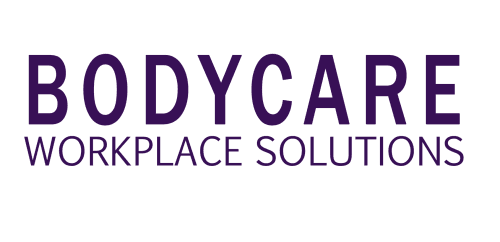Mental Health in The Workplace – Keeping your workers healthy in body and mind

The saying goes, healthy body, healthy mind.
While plenty of businesses get the first part right, it’s shocking how many neglect the mental health of their workforce. Each year, one in five Australians will experience a mental illness. 14% of all Australians will suffer from an anxiety disorder in any given 12-month period and 4% will face a major depressive episode.
Simply put, a lot more people suffer from mental illness than you may think and it’s costing your business more than you may assume. It is highly likely that as a manager, you will supervise a worker with mental illness at some point in your career – whether you know it or not. While most minor disorders can be managed without impacting on job performance. just like with a physical ailment, the more severe the illness, the higher impact it has. The mental wellbeing of any workforce is important and choosing to create a safe workplace that does not ignore mental health can only have positive outcomes.
The Financial Benefits of Mental Health
As well as the obvious benefit of keeping your workforce healthy and happy, there are plenty of financial reasons to invest in a mental health program. First of all, your occupational health and safety obligations as an Australian business also extend to mental health. Additionally, PwC found in a recent study that for every dollar spent on successfully implementing an appropriate action relating to mental health, there is on average $2.30 in benefits to be gained by the organization. These benefits typically take the form of improved productivity, via reduced absenteeism and presenteeism (reduced productivity at work) and lower numbers of compensation claims.
Other benefits include:
- Reducing costs associated with worker absence from work and high worker turnover;
- Achieving greater employee loyalty and a higher return on training investment;
- Minimising stress levels and improving morale;
- Avoiding litigation and fines for breaches of health and safety laws;
- Avoiding the time and cost involved in discrimination claims; and
- Avoiding industrial disputes.
In order to achieve this huge return on investment, you’ll need to address the critical success factors for change. In particular, implementing one or several actions is unlikely to be effective unless there is leadership and management support for improving the culture and mental health of the workplace. Improving your workforce’s mental health is not as simple as throwing together a few programs or offering a one-off training session – it takes time and dedication. But if done right, it’s definitely worth it.
How to Create a Safe and Mentally Healthy Workplace
Now that you know the benefits of a mentally health workplace, how do you go about creating one? There are a number of different strategies and techniques you can use to achieve this, such as:
Recognising and promoting mental health.
The first step is to ensure that mental illness is treated just as seriously as physical illness. Try to encourage everyone to speak openly about mental health by creating an environment that it supportive and non-judgmental, share personal experiences where possible and provide flexible working conditions that promote employee mental health.
Taking a zero-tolerance approach to discrimination.
In today’s society, there is still a lot of stigma surrounding the topic, so let your workers know that any mental health issues will be taken seriously and allow them to open up to you. Bullying and harassment can take place in some of the following forms:
- Abusive behaviour or language
- Unfair or excessive criticism
- Purposely ignoring the worker’s point of view
- Tactless remarks or actions which put down the person
- Malicious rumours
Identifying possible mental health hazards.
Stress is one of the biggest contributing factors to mental illness. There are eight clear risk factors that should be addressed when identifying mental health hazards, just as you would identify a manual handling hazard.
These include:
- High demand (work overload)
- Low support from co-workers and supervisors
- Lack of control
- Poorly defined roles
- Poorly managed relationships and conflict
- Poor change participation
- Lack of recognition and reward
- Organisational injustice
Our Services
At Bodycare, we have a number of services that can help you improve the mental health of your workplace. We run a variety of workshops that can help educate your workforce on various mental health topics, including courses for employees, managers and senior leaders. A Mental Health First Aid course, for example, will help participants gain awareness of common mental health issues and has been found to increase their knowledge and awareness around mental health. Upon completion of the course, some organisations have introduced Mental Health First Aid Officers in the same way they have First Aid Officers.
Every business is different and just as your physical health needs will differ, so will your mental health needs. It’s best to talk with a professional to create a tailor-made solution that address the specific needs of your organisation. Mental health is a serious issue and the costs to both your company and your employees’ wellbeing can no longer be ignored.


